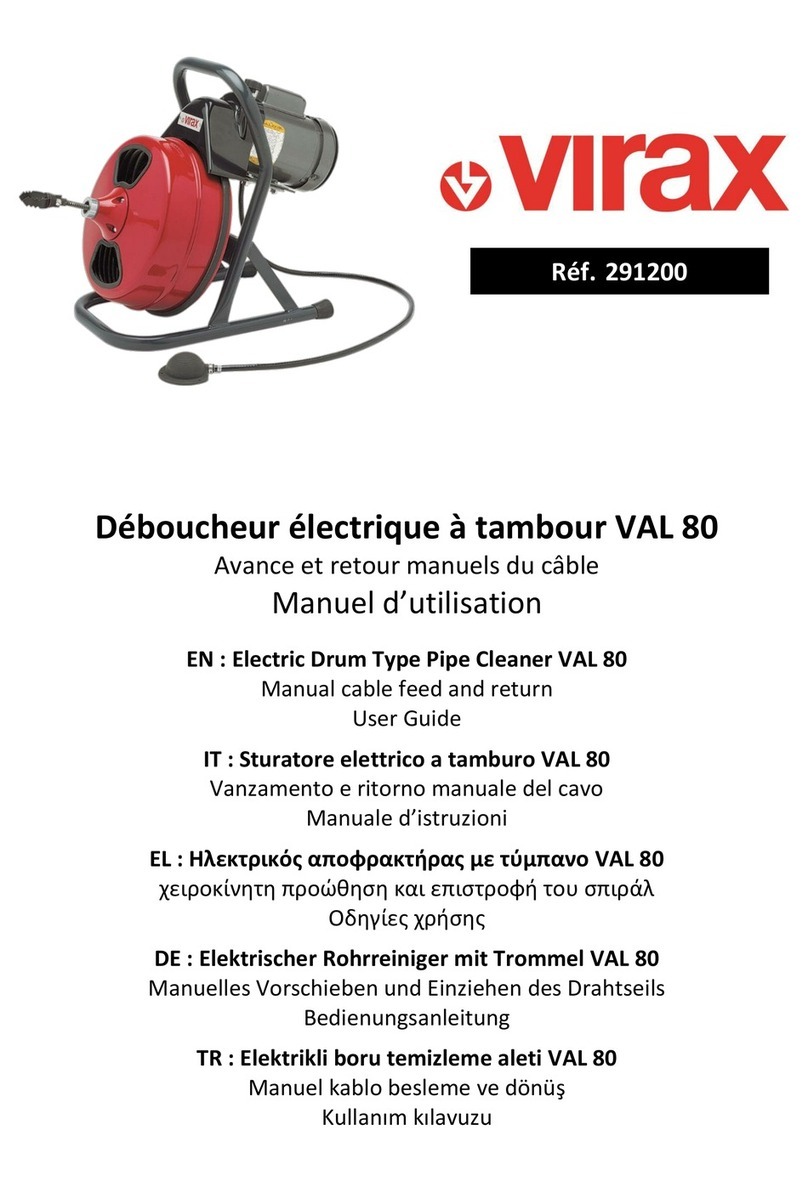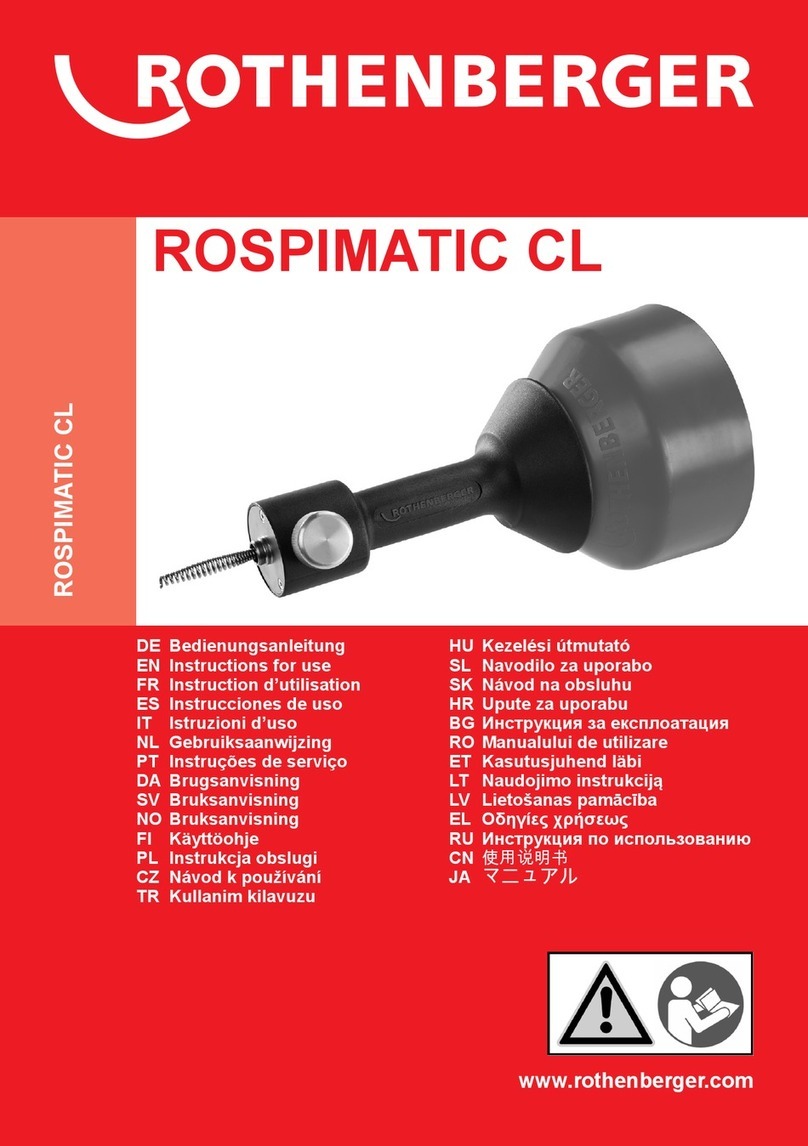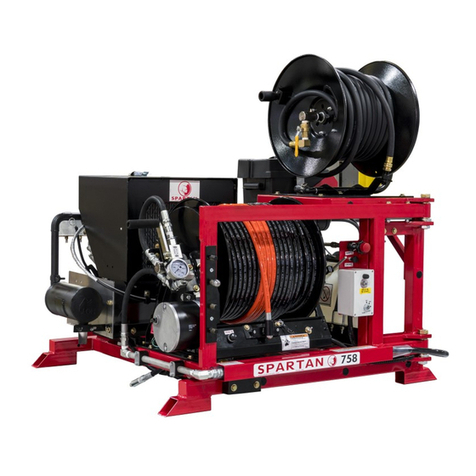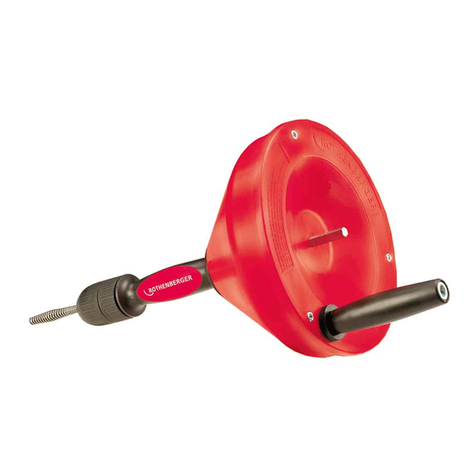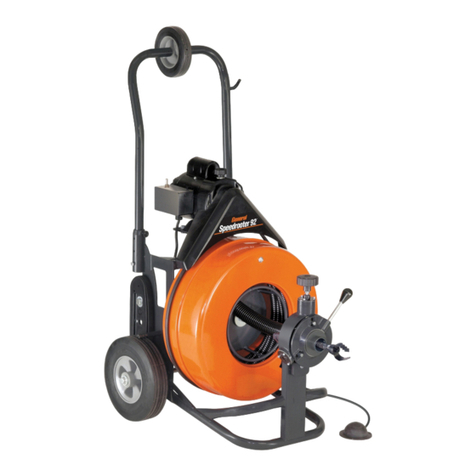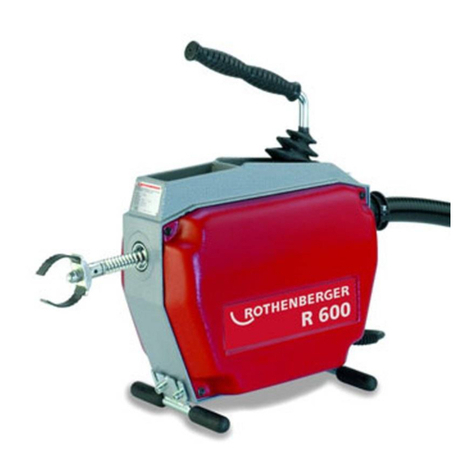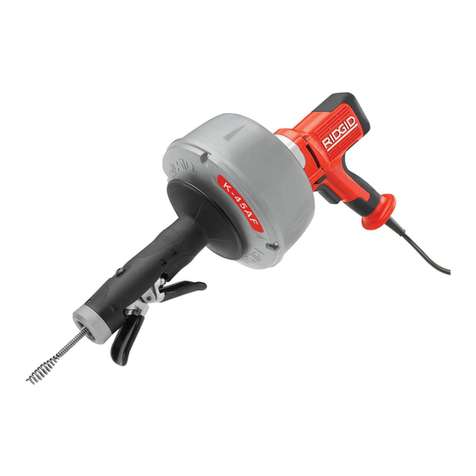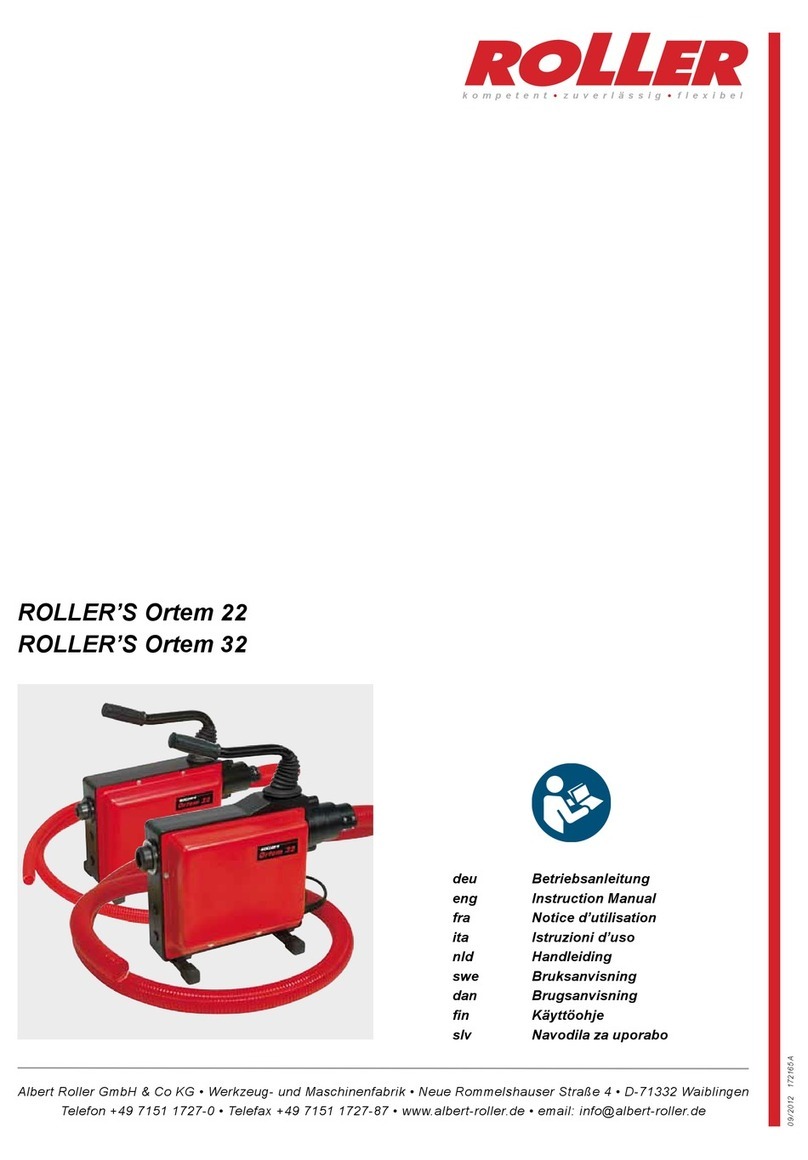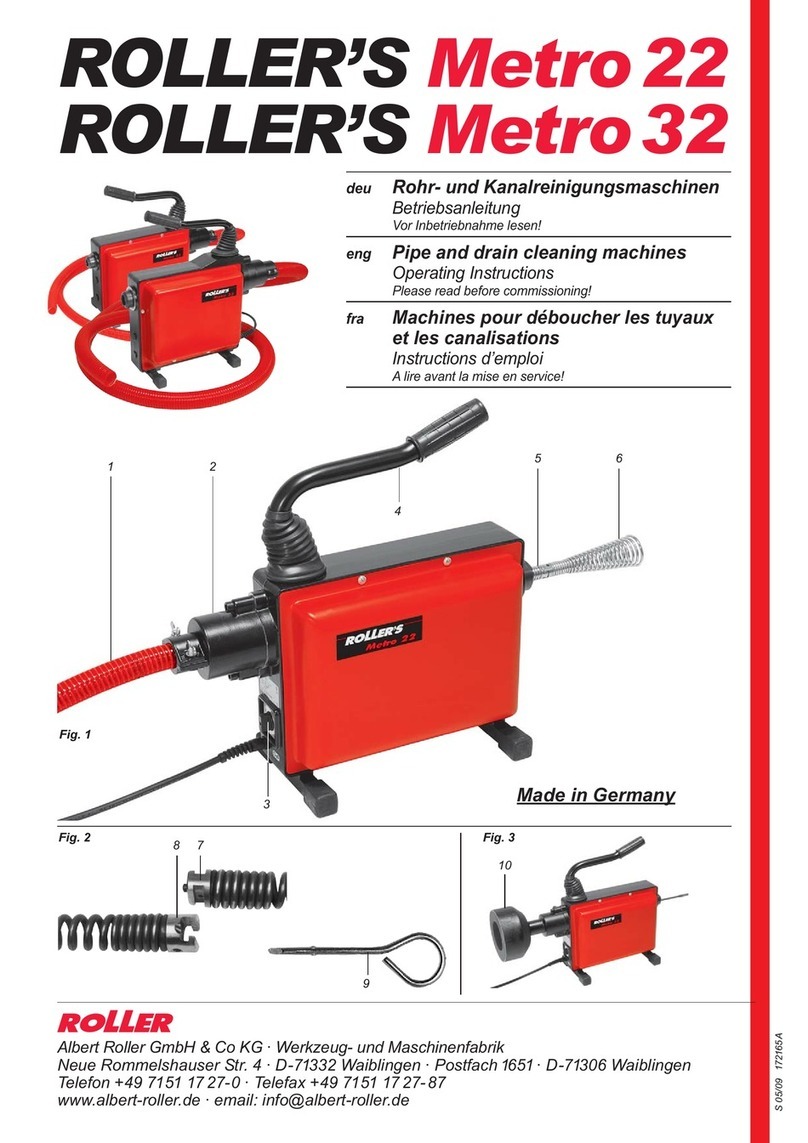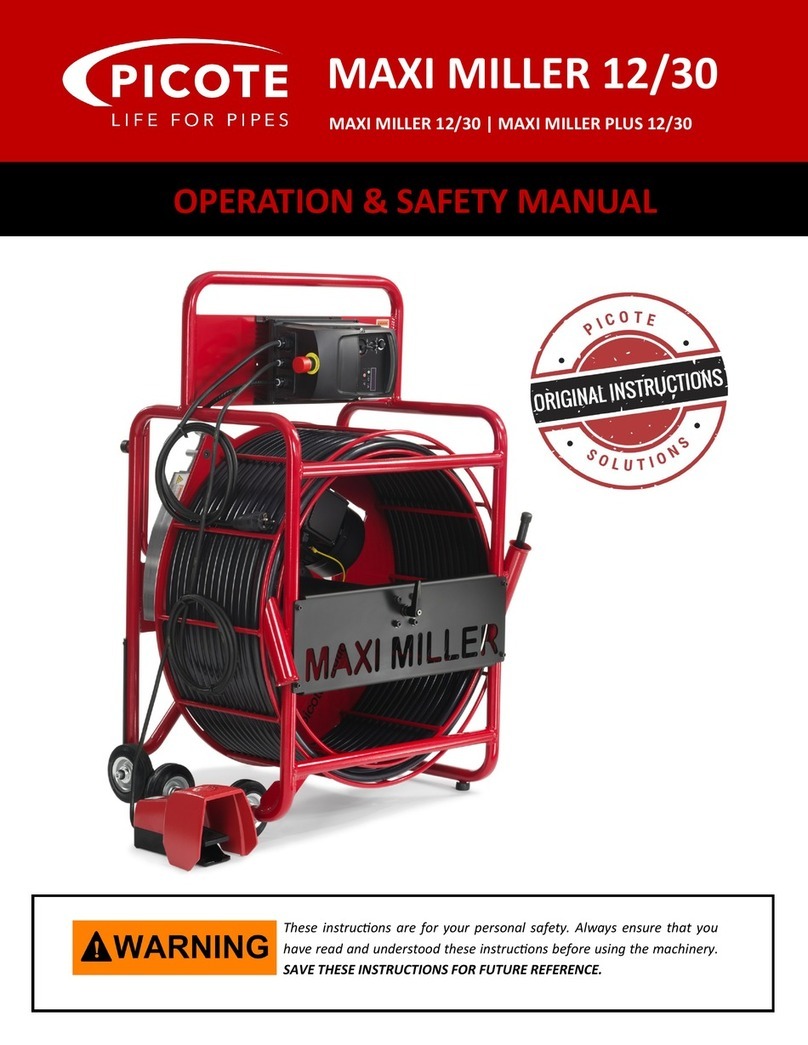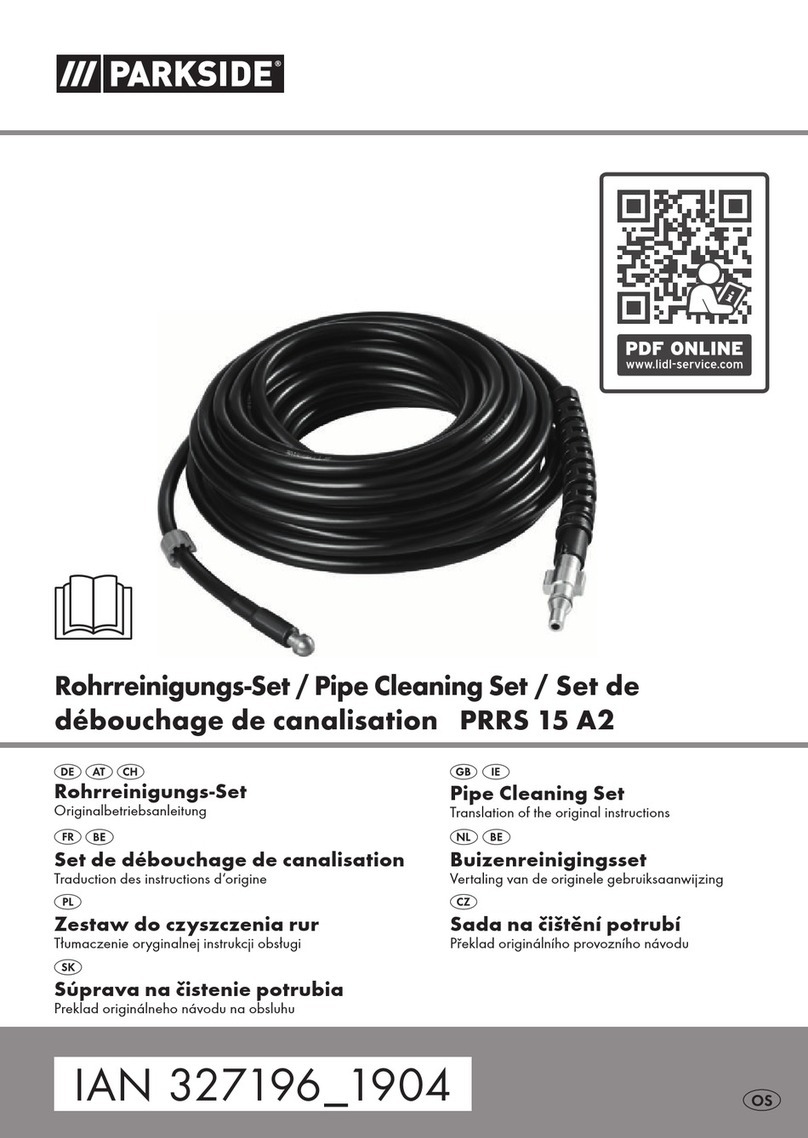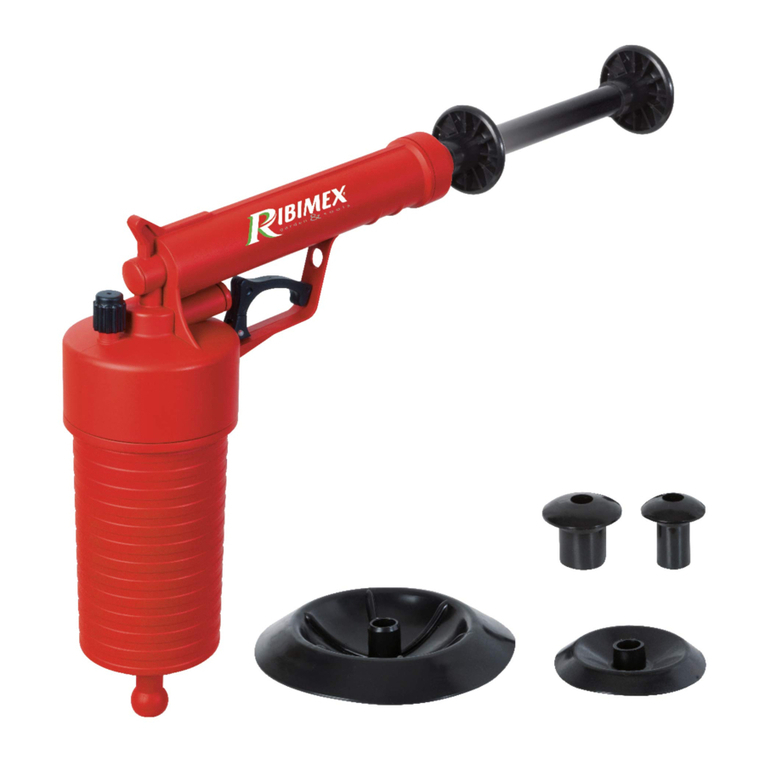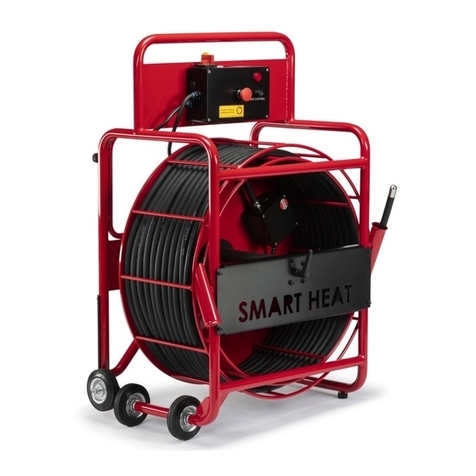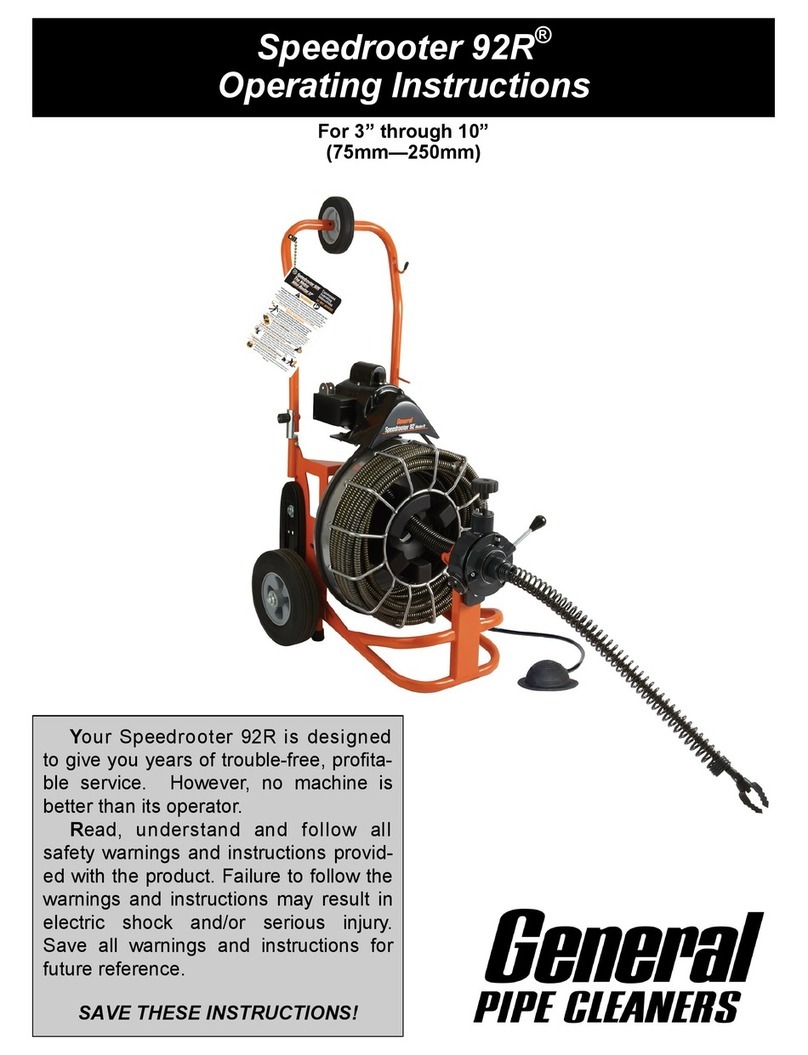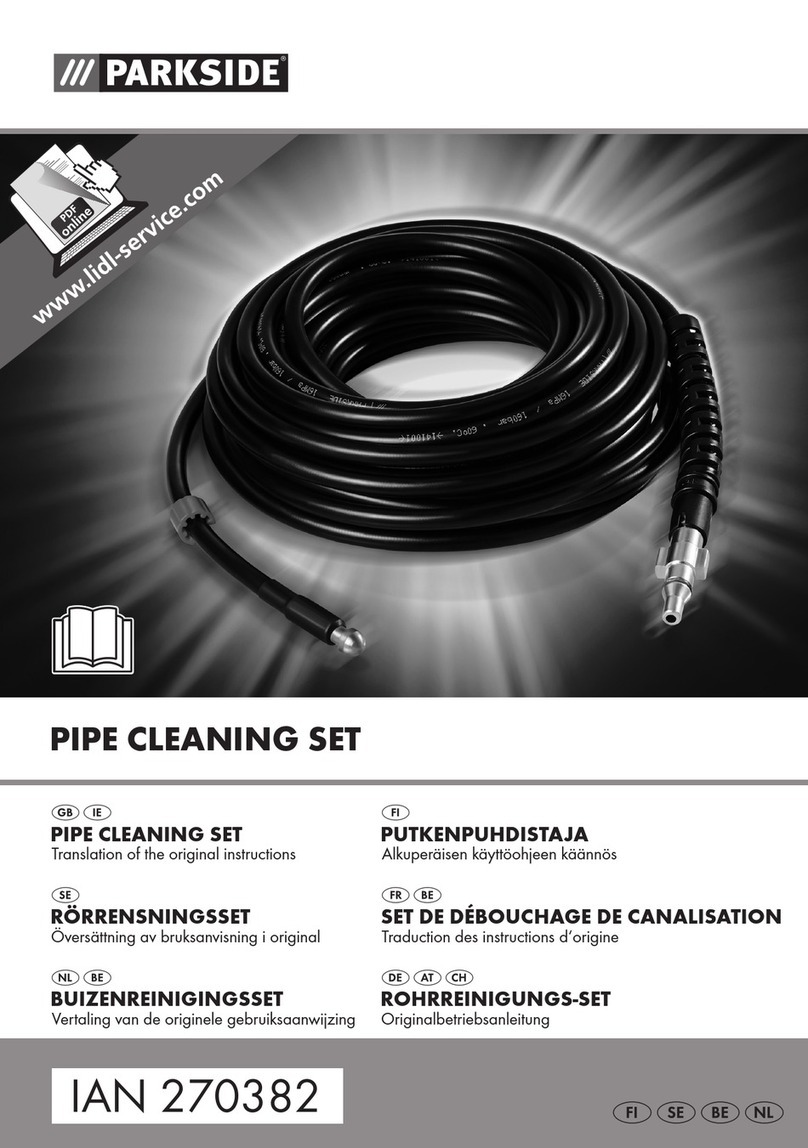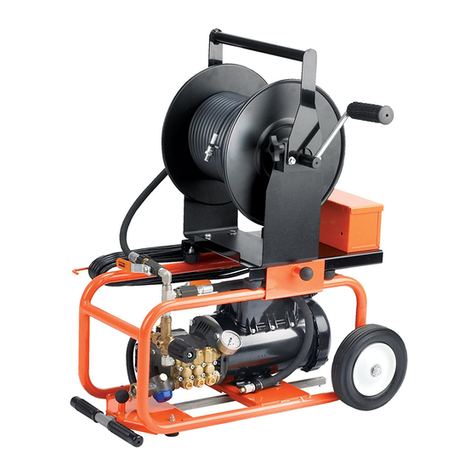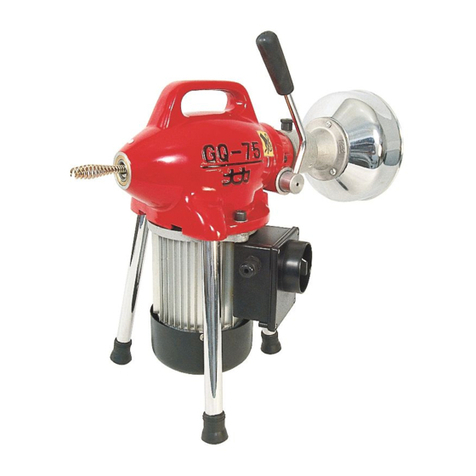
Roto-Jet II 5
WARNING
!
SAFETY GUIDELINES
Read and save all instructions. Before use, be sure everyone using this machine reads and
understands this manual, as well as any labels packaged with or attached to the machine.
• Those unfamiliar with the Elliott Roto-Jet II® should read this operation manual
thoroughly before use. Know your equipment. Consider the applications, limitations
and the potential hazards specic to your unit.
• Always wear safety glasses, protective gloves, safety shoes and protective clothing.
• Do not allow other people in the area of the machine unless they are wearing suitable
protective clothing and equipment.
• Avoid dangerous environments. Do not use your Elliott Roto-Jet II® in or around the
presence of explosive atmospheres (gaseous fumes, dust or ammable materials).
Remove materials or debris that may ignite.
• Always use properly grounded electrical outlets. Do not use this machine without a
grounded prong.
• To prevent voltage drop, do not use an extension cord unless absolutely necessary.
Then, make certain the cord is or equal rating or larger than the machine power cord.
• Check power cords before using. Damaged cords can reduce performance or cause a
fatal electric shock.
• Unplug the power cord from the outlet when not in use and prior to doing any tool
changes or maintenance. Do not pull on the cord to disconnect from the outlet.
• Avoid accidental starts. Make sure the power switch is in the “OFF” position before
plugging the unit into an outlet.
• To allow free air circulation, the unit should not be covered during operation.
• Do not operate the machine if there appears to be damage to the machine, if screws
are loose or missing, or if performance appears to be unsatisfactory.
• Never use your Elliott Roto-Jet II®, or any other power tool when under the inuence
of drugs, alcohol or medication that decreases concentration and impairs operator
control.
When using electric tools, certain safety precautions
are required to reduce the risk of electrical shock
and personal injury.
WARNING
!
To reduce the risk of injury, always unplug your
machine before performing any maintenance. Never
disassemble the machine or try to do any wiring on
the electrical system. Contact Elliott for all repairs.
